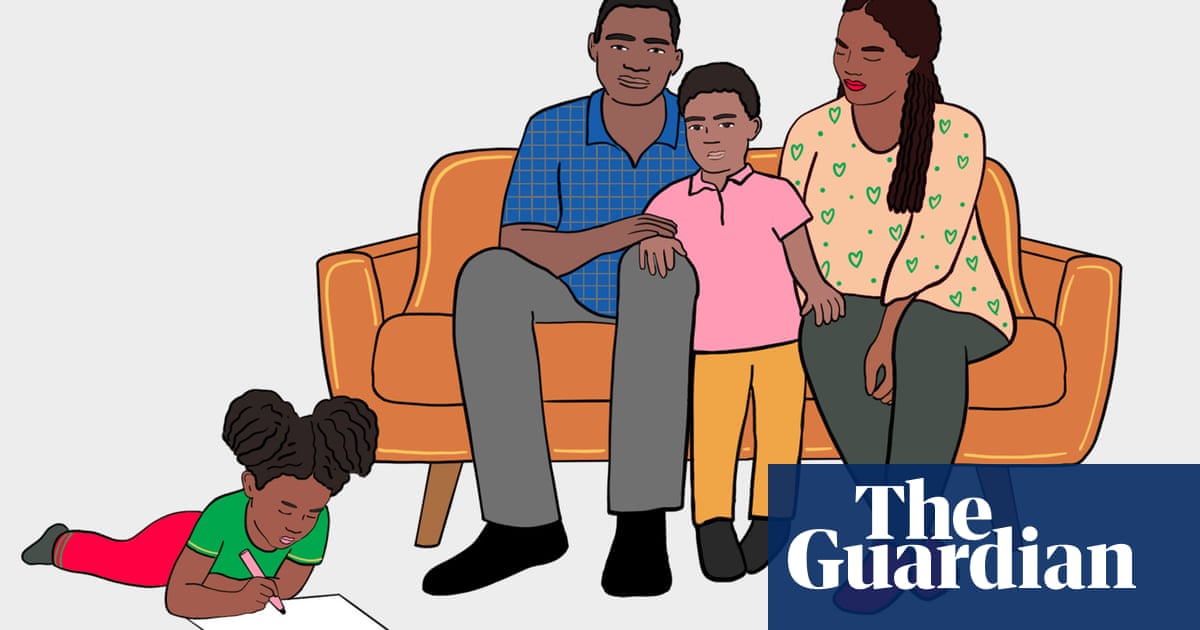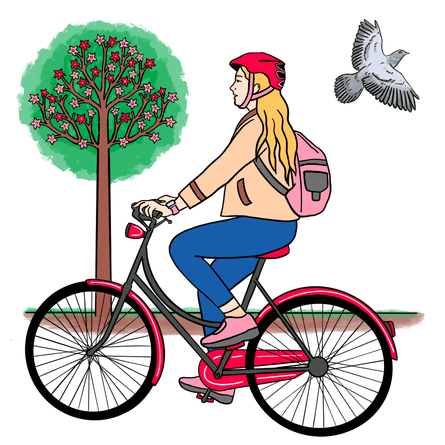
The chancellor, Jeremy Hunt, has pressed the button on a new wave of austerity in an autumn statement that will bring to an end eight years of improved living standards.
Hunt left the three main tax rates unchanged - 20p basic, 40p higher and 45p additional rate - with the first £12,750 of income tax-free and the 40% rate starting at £50,270. However, he did lower the threshold at which Britons start paying the 45p top rate of income tax to £125,140 - a measure that will pull 250,000 people into the top rate.
In the 2021 spring budget, the then chancellor, Rishi Sunak, set up a four-year freeze on personal tax thresholds that began in April. Over time, this drags more low-income households into paying basic-rate tax (which kicks in at £12,570) and those with earnings nearing £50,000 into the higher 40% rate. Now Hunt has gone even further, by prolonging this deep freeze for a further two years, meaning no change until 2028.
However, the state pension and benefits will rise 10.1% from April, in line with September s inflation rate, and the national living wage for over-23s will increase from £9.50 an hour to £10.42.
This budget was short on good news for Britons struggling with higher food, energy and borrowing costs. The chancellor is also making it easier to raise council tax by 5% in a bid to bolster local authorities finances, which will add to the squeeze on household budgets next year.
Genevieve Morris, the head of corporate tax at Blick Rothenberg, described it as a budget that boils the frog . The continued freezing of tax thresholds means most people won t notice it directly as the temperature increases, and so won t leap out of the water. They ll simply discover years down the line that they boiled.
This is how the autumn statement announcement will impact different households.
Single person
Earns £38,000

2022/23 She earns the national average wage of £38,000 and pays £5,084 a year in income tax and a national insurance bill of £3,248. Her monthly take-home pay is £2,489 after tax. She also got £400 help from the government with her energy bill.
2023/24 The frozen tax thresholds won t have any immediate impact on take-home salary and her annual national insurance bill goes down by £196 after this year s hike in contributions was cancelled halfway through the year. There will be no energy bill subsidy for all this year, and she faces a higher bills because the price cap has increased by £500 to £3,000. Overall, she is £200 worse off.
Single mum, two children
Earns £11,ooo

2022/23 Her low salary means she does not have to pay income tax or national insurance, so takes home £917 a month. She gets £680 in universal credit payments a month and £144 child benefit. She received a £650 cost of living payment.
2023/24 Her take-home pay is unchanged by the autumn statement. She will get £800 universal credit and £160 of child benefit. As she claims means-tested benefits, she will receive the £900 cost of living payment. Overall, she is £1,882 better off.
Unmarried couple in their 30s
First income £55,000, second income £35,000

2022/23 Our couple pay a total of £13,913 in income tax and £7,763 in national insurance each year. This results in a combined monthly income of £5,694 after tax.
2023/24 The autumn statement announcement does not change how much income tax this couple has to pay. Again their national insurance bill will fall, meaning they are £453 better off until they get a pay rise to cover galloping inflation, pushing up their tax bill. They also lose the £400 energy bill support.
Unmarried couple, two children, one with a disability
One income of £23,000, with partner a full-time carer
2022/23 The breadwinner s take home pay is £1,639 a month after tax. They qualify for £756 universal credit, £145 child benefit and £279 carer s allowance each month. The disability living allowance for their child is £628 a month, and they received an £800 cost of living payment. This resulted in a total income of £42,164.
2023/24 The family s monthly benefit payments will increase. They will get £954 in universal credit, £160 child benefit, £308 carer s allowance and £692 disability living allowance. The family will also receive a £1,050 cost of living payment. This adds up to £46,086.
Married couple, three children
One income of £57,000

2022/23 The working parent pays £9,976 a year in income tax and £4,934 in national insurance. This translates into a monthly income of £3,508 plus £60.84 a month in child benefit.
2023/24 This family will see an increase in the amount of child benefit they receive, rising £1.53 to £16.74 a week or £67 a month. Their national insurance bill is reduced by £275 to £4,658. If they earned less than £50,000, they would be able to keep all their child benefit. Overall, they are £355 better off.
Married couple, both disabled

2022/23 The couple receive £880 of universal credit and a combined personal independence payment (Pip) of £243 every month, as well as an £800 cost of living payment.
2023/24 The couple will get £1,050 in cost of living payments due to their disabilities and the fact that they claim means-tested benefits. Their universal credit payment will increase to £969 a month, and their Pip will rise to £268. Overall, they are £1,681 better off.
Married couple
First income £150,000, second income £85,000

2022/23 This high-earning couple pay £73,888 income tax each year, and £12,791 in national insurance contributions, which were higher for the first part of the financial year. Their combined take-home pay each month is £12,360.
2023/24 After the budget, their income tax bill rises by £1,243 to reflect the lowering of the rate at which additional rate tax is paid to £125,000. This increases the couple s income tax bill to £75,131, but their national insurance contributions are £1054 lower at £11,737, leaving their income virtually unchanged.
Single pensioner on state pension, also gets pension credit

2022/23 His state pension is £141.85 a week or £567 a month and he also gets the pension credit top-up worth £40.75 a week, or £163. He qualified for £950 of cost of living payments.
2023/24 This pensioner will benefit from the 10.1% benefits uplift. He will now get £156 basic state pension a week, or £624 a month, and a £179 pension credit top-up. He will receive cost of living payments worth £1,200. Overall, he is £1,209 better off.
Married pensioners in their 70s
State pension plus £8,000 private pension

2022/23 One half of this couple gets a basic state pension of £142 a week, plus a private pension of £154 a week. The other has a weekly state pension of £85. They pay income tax of £307 on the private pension and received a £300 cost of living payment.
2023/24 They are £1,044 a year better off after the autumn statement, due to the rise in the state pension. They will also receive another £300 cost of living payment.
Married couple
One is a small company director whose company makes £40,000 after expenses. She takes a salary of £9,100, pays corporation tax on the remainder and receives dividend payments of £25,029. Her wife is a teacher earning £30,000.

2022/23 The couple pays £3,484 income tax on the teacher s salary, £2,254 national insurance, £5,871 corporation tax and £1,957 income tax on dividends. They have take-home pay of £56,433 a year.
2023/24 Changes to the dividend tax rule mean the couple are worse off as they have to pay £2,042 income tax on company dividends. The teacher s national insurance bill drops to £2,092, so their combined income is virtually unchanged, at £56,511 a year.
Source




